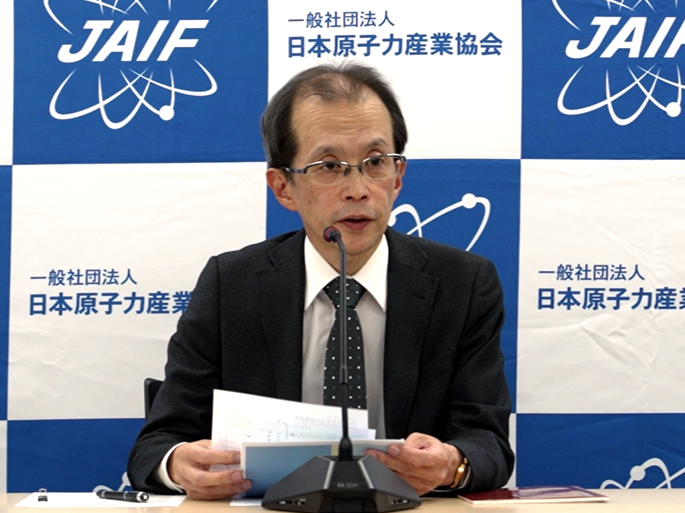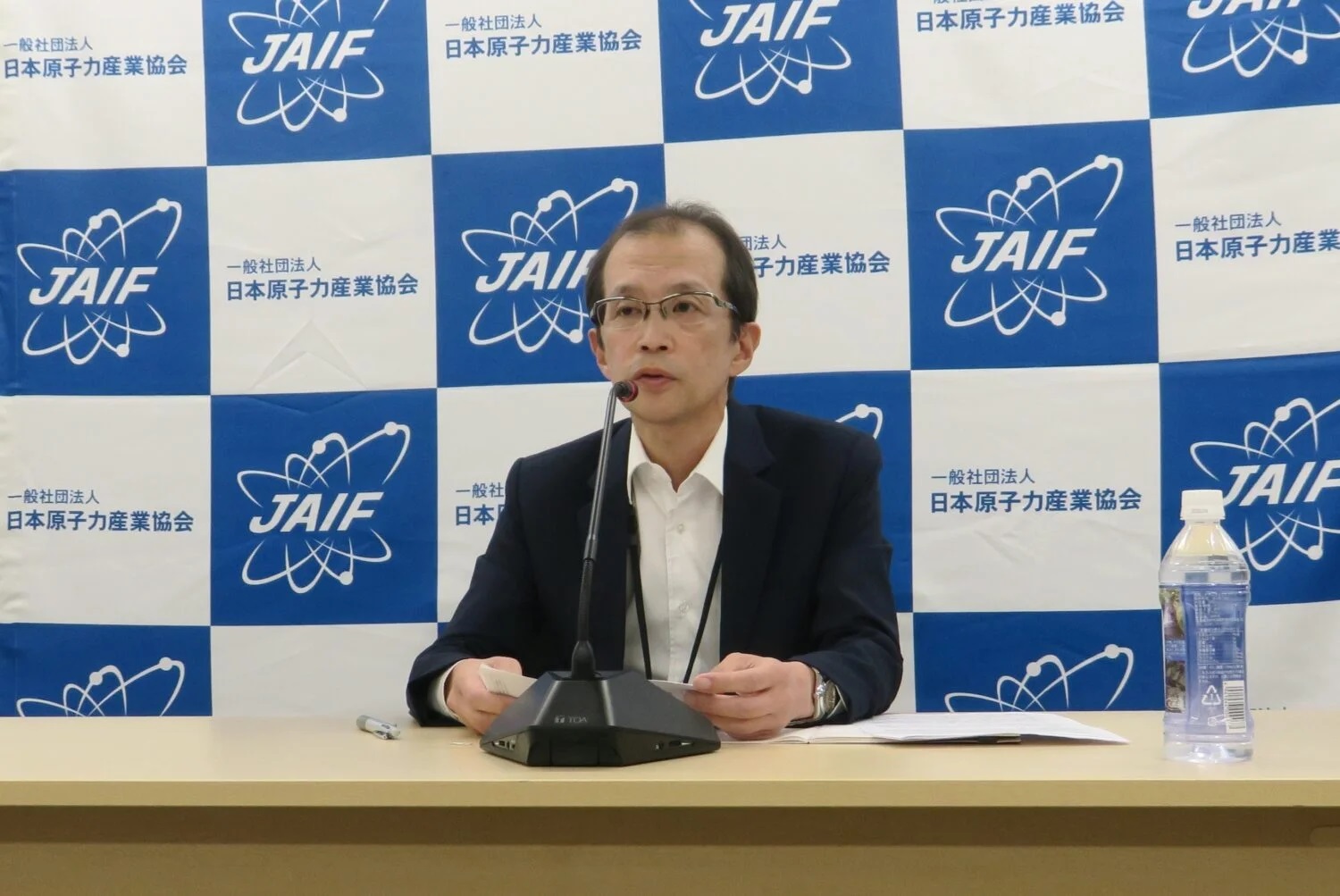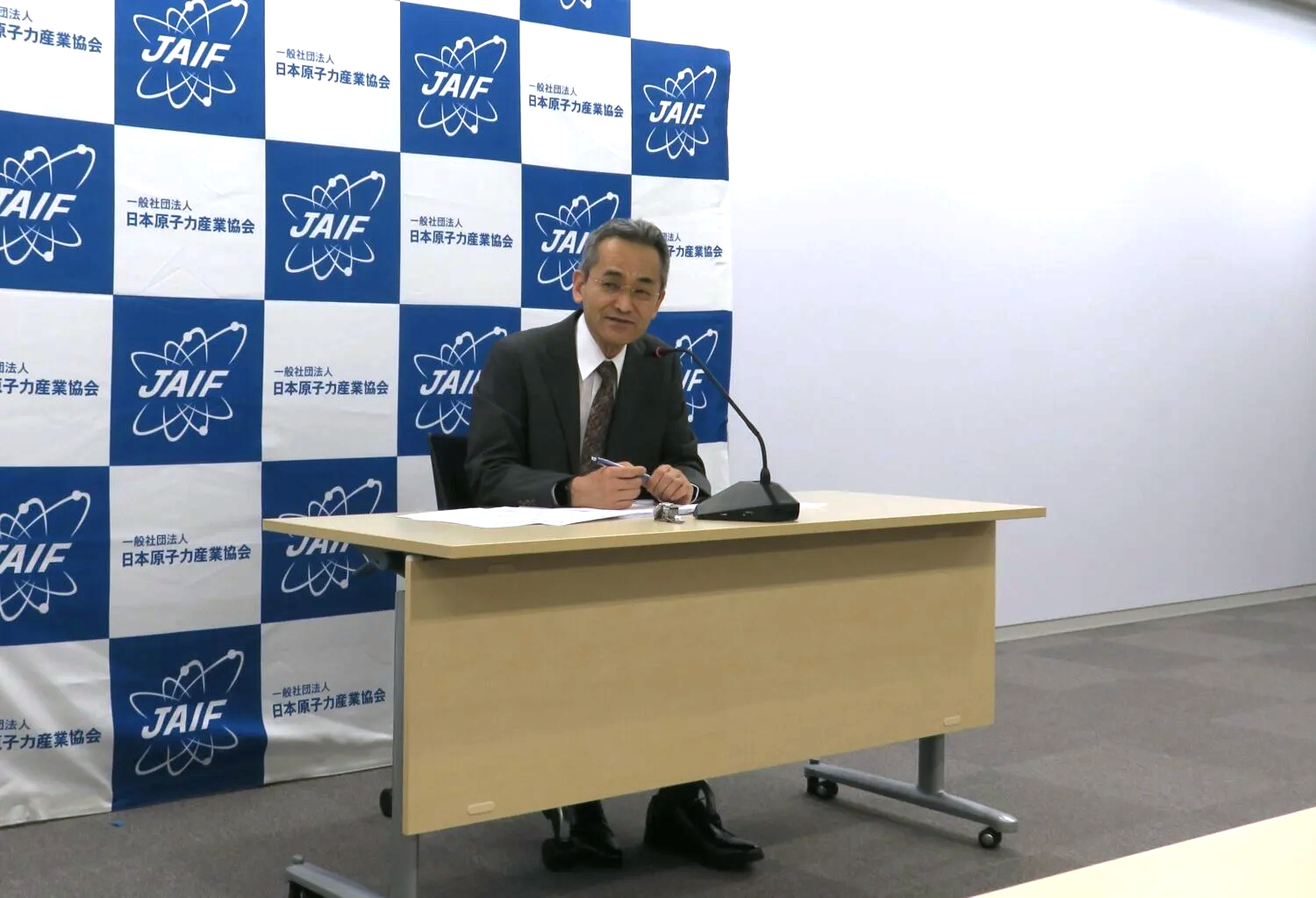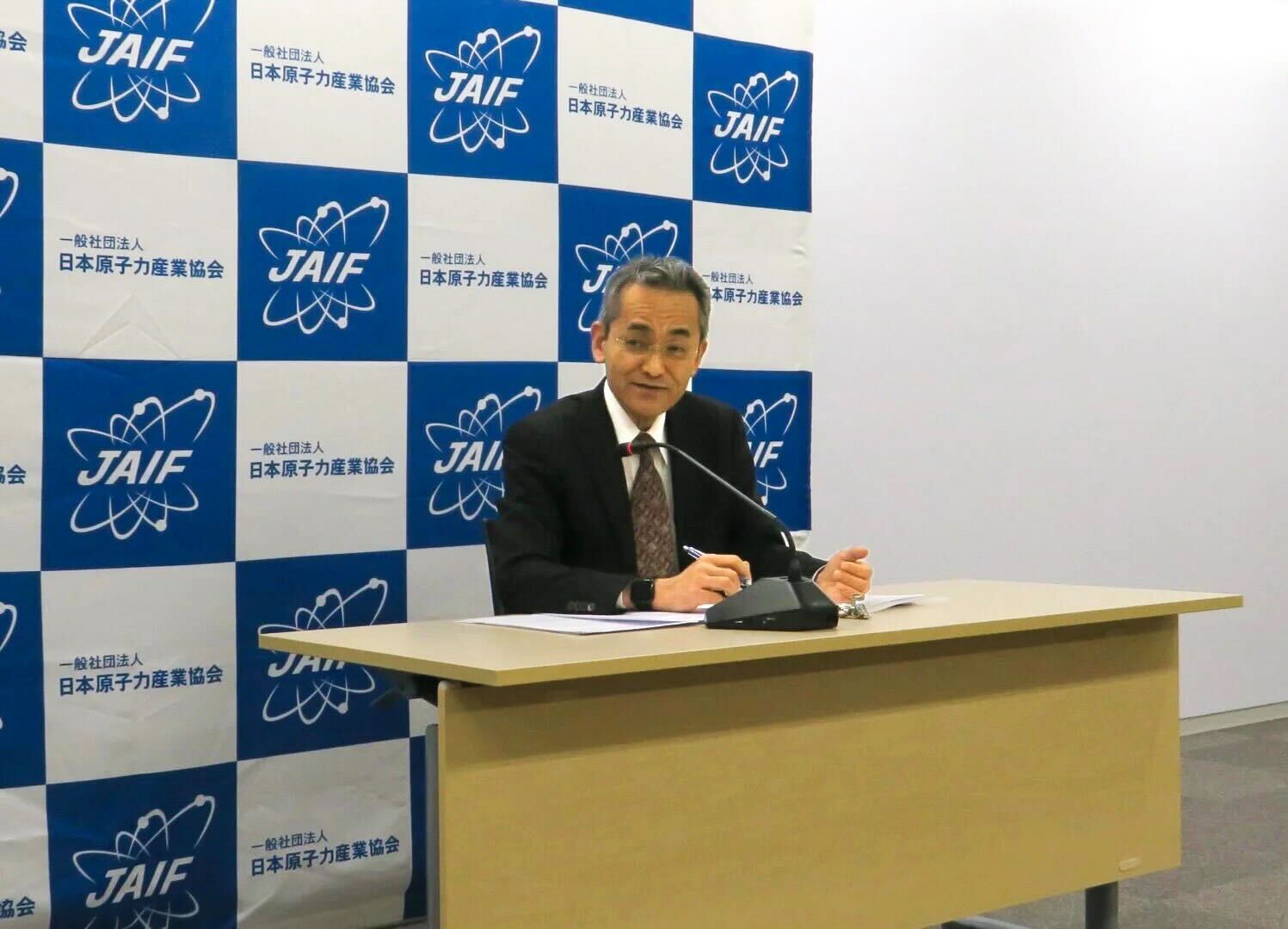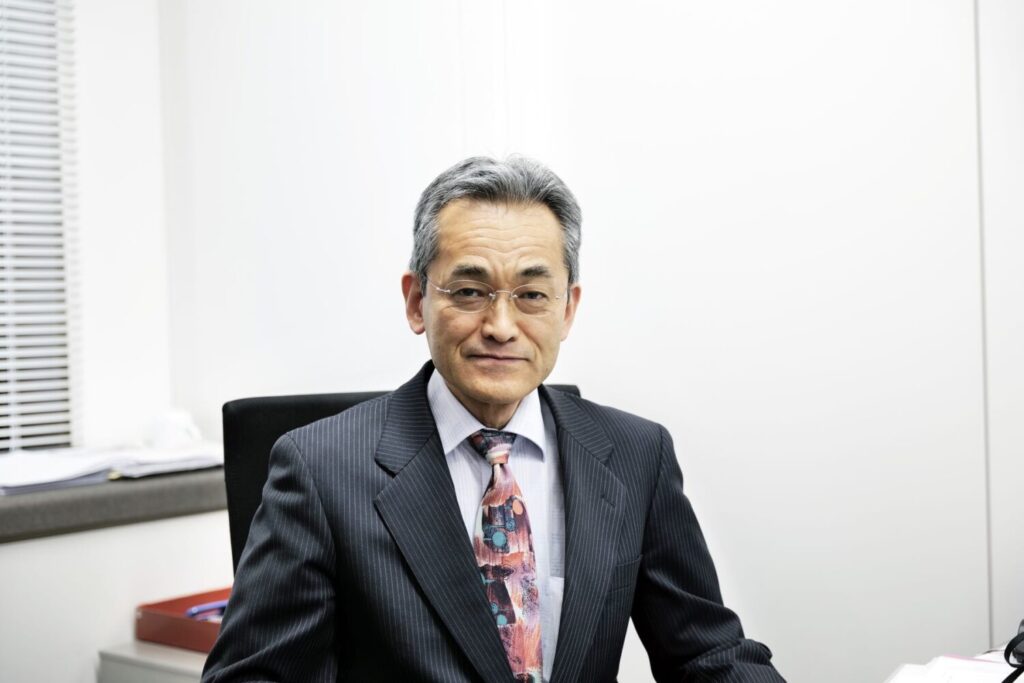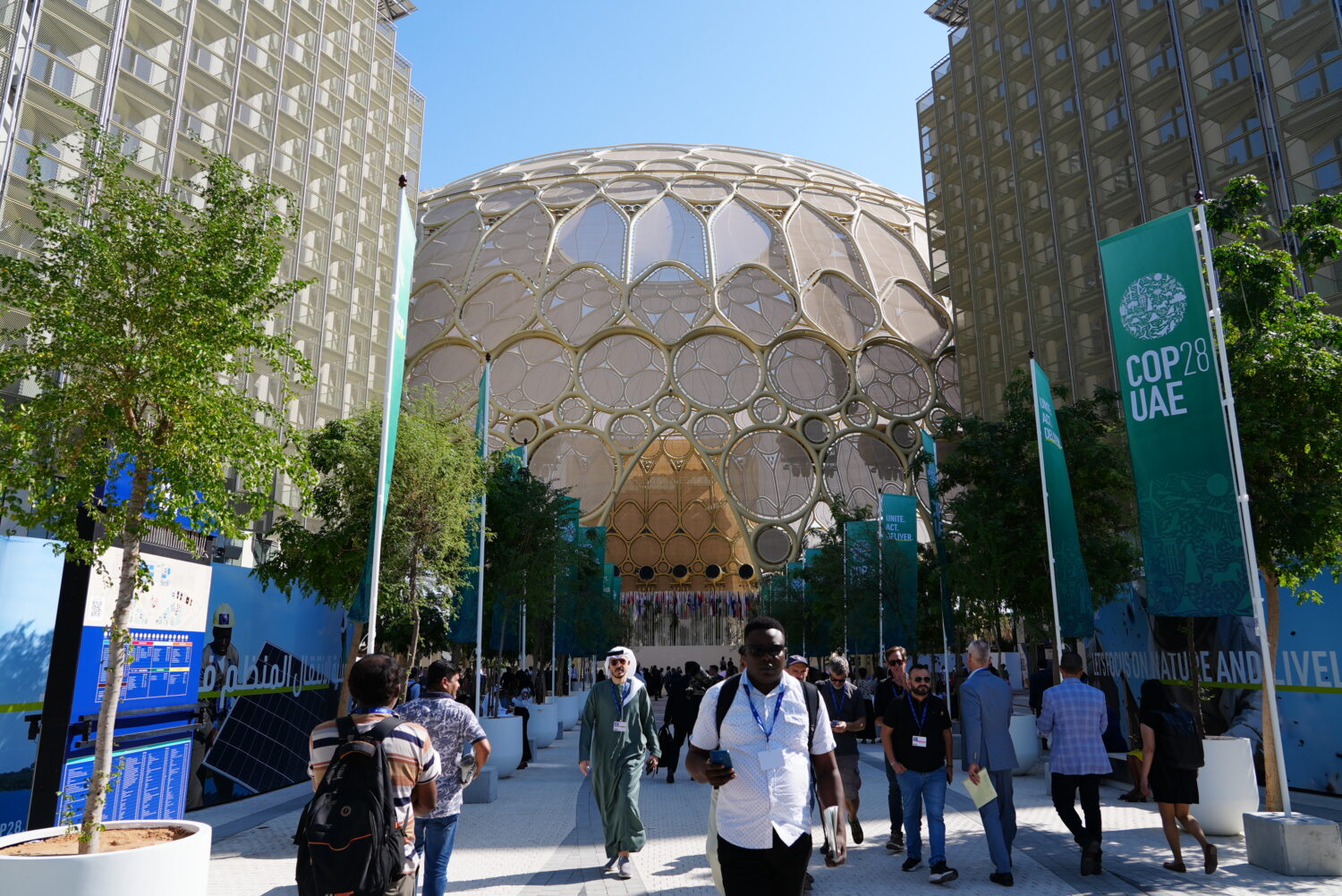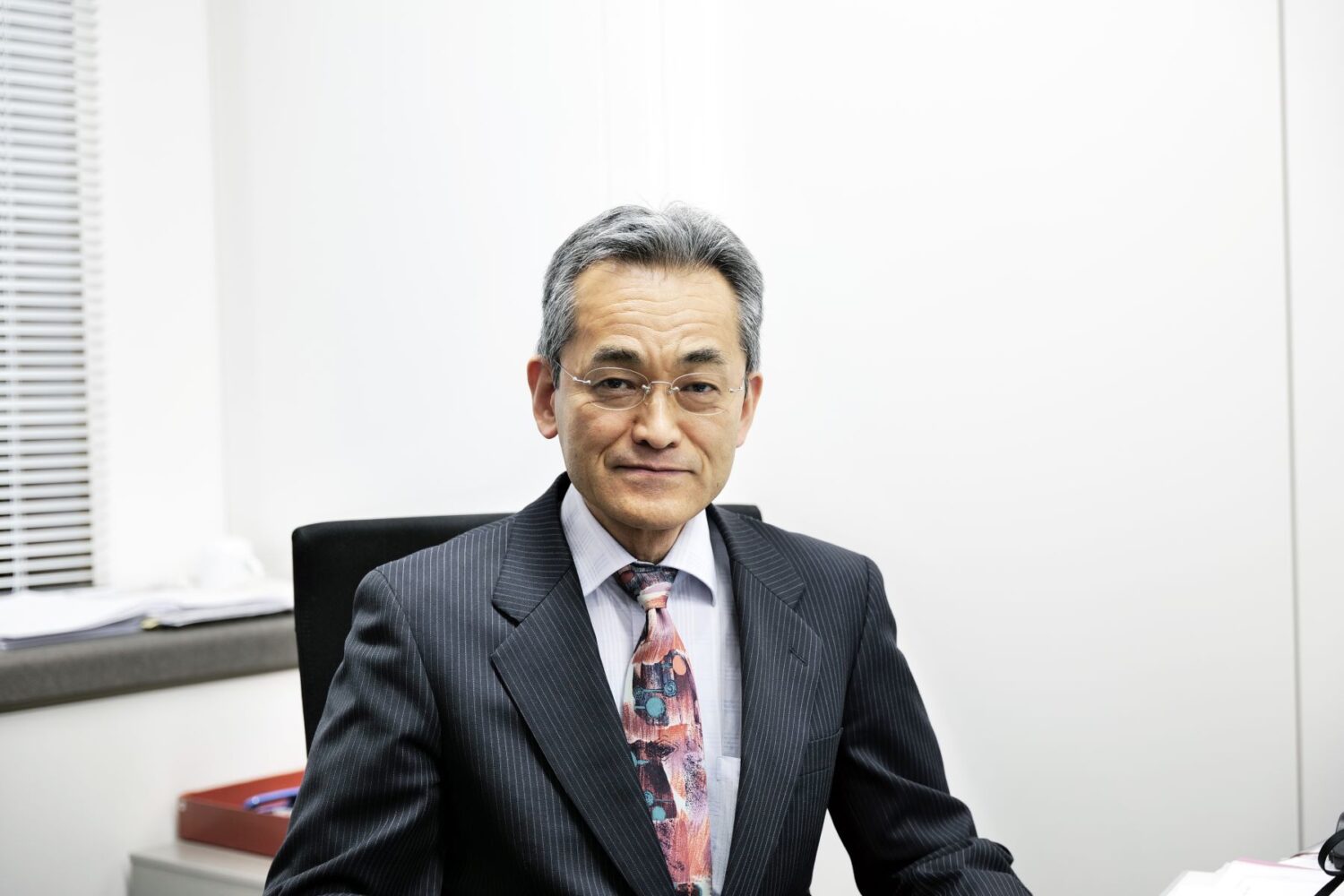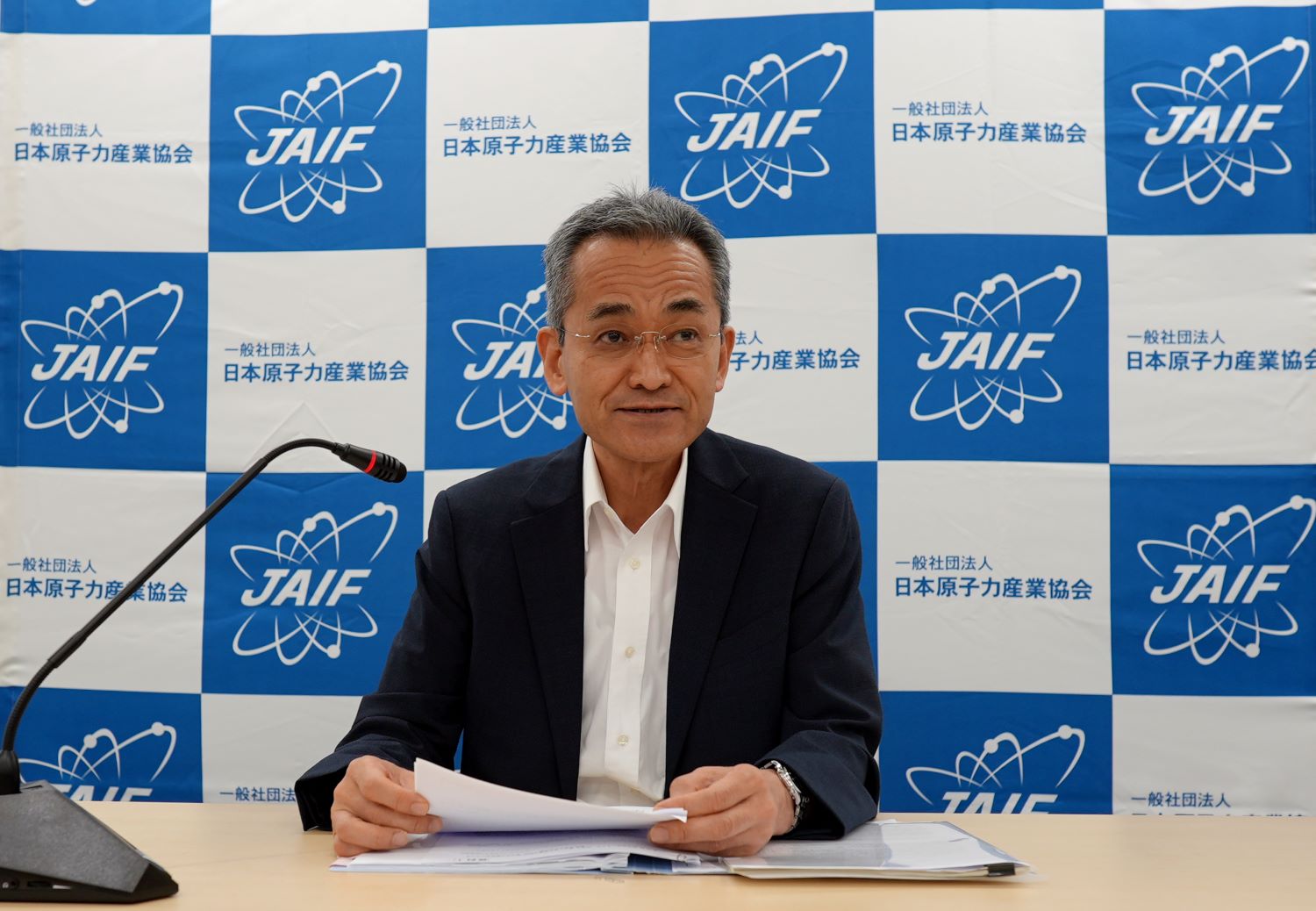Recognizing that nuclear power emits no greenhouse gases during operation, Japan has already positioned it as a base-load power source, expecting it to account for some 20-22% of total generated electricity by 2030. In order to achieve not only the global target of reducing CO2 emissions by 26% from 2013 levels, but also to provide a stable supply of electricity for the nation, Japan should endeavor to use nuclear power consistently over a period of many years, restarting the country’s nuclear power plants (NPPs) in a prudent but steady manner.
In doing that, we will have to obtain the understanding of the public and work on various related issues, such as the nuclear fuel cycle and the treatment and disposal of radioactive waste.
Here, at the beginning of 2016, let me talk about JAIF’s four key activities in the year ahead, namely, supporting the reconstruction of Fukushima Prefecture, promoting the public understanding of nuclear power, making contributions to the international community, and securing and developing nuclear human resources.
Supporting the Reconstruction of Fukushima Prefecture
As of March 11, five years will have passed since the giant earthquake in northeastern Japan and the accident at the Fukushima Daiichi NPPs. More than 100,000 people continue to live as evacuees.
That said, an order evacuating all residents from Naraha Town was lifted last September. In December, the government decided on a site for the disposal of specified waste in Fukushima Prefecture. In light of such progress, I expect that various activities toward reconstruction will be further accelerated.
As for the decommissioning of the Fukushima Daiichi NPPs, progress has been seen, too, on the issue of contaminated water, with the understanding of local and other concerned parties. This year, I look forward to more work toward the removal of spent nuclear fuel and fuel debris.
Several new research facilities are to be established and opened in Fukushima Prefecture to enable decommissioning to continue safely and steadily, with more difficult activities yet to come. They include the Naraha Remote Technology Development Center in Naraha Town, which will start full operation in April, as well as the Okuma Analysis and Research Center in Okuma Town, and the Joint Research Building of the Collaborative Laboratories for Advanced Decommissioning Science (LADS) in Tomioka Town.
I know each of those facilities will carry out R&D according to its specific role and in coordination with field sites, not just for the obvious purpose of improving safety but also toward facilitating more efficient work.
We at JAIF will continue to provide a wide range of information on the current state of reconstruction and decommissioning activities in Fukushima, among other matters, making sure that the reality of the accident is not forgotten. We will additionally carry out activities listening to local people’s opinions, supporting them to the best of our ability.
Promoting the Public Understanding of Nuclear Power
Although the operation of all domestic NPPs had been suspended, the Sendai-1 and -2 NPPs were restarted last year, the first since new regulatory standards came into force. At the end of 2015, a temporary injunction was lifted that had prohibited the restart of the Takahama-3 and -4 NPPs, and I hope that both reactors will resume operation promptly. I expect nuclear operators to continue stable operations on the premise of ensured safety, so as—just in time—to restore confidence in nuclear energy among the Japanese public both locally and nationally.
In order for nuclear power to fulfill its natural role, it is important to restart not only pressurized water reactors (PWRs), the examinations of which are proceeding, but also boiling water reactors (BWRs). The Mihama-3 and Takahama-1 and -2 NPPs are now undergoing examinations to have their operating lifetimes extended. I expect that the regulatory authority and operators will proceed with those examinations efficiently, adhering strictly and transparently to principles, based on the experience and knowledge they have accumulated in previous examinations.
Japan also needs to work steadily on various issues related to nuclear use, such as developing the nuclear fuel cycle and securing sites for high-level radioactive waste (HLW) disposal, the latter for which the government aims to come up with scientifically promising sites during 2016. Another issue is creating an environment in which nuclear power can compete as a predictable business following the deregulation of the domestic electric power market, scheduled for later this year.
Strengthening our cooperation with related organizations and making use of our well-developed networks, we at JAIF will promote public understanding on such issues as the restart of NPPs and the nuclear fuel cycle. We will try also to provide information that can inspire national discussions toward the expanded use of nuclear energy.
Making Contributions to the International Community
Since the accident at the Fukushima Daiichi NPPs, countries worldwide are again turning to nuclear power. Many continue to have high expectations for Japan’s nuclear technology, including its ability to manufacture high-quality products and its “on-time, on- budget” project management capabilities for the construction of NPPs. I think that it is incumbent on Japan to provide such technology and share the knowledge it obtained through Fukushima Daiichi’s decommissioning so as to contribute to improving nuclear safety globally and to make an international contribution on energy and environmental issues.
At the end of 2015, the prime ministers of Japan and India agreed in principle to conclude a nuclear cooperation agreement. The use of Japan’s nuclear technology and its further development overseas is premised on securing the basic principles of peaceful use: namely, the 3S’s of safeguards, safety and security.
Based on cooperative relationships fostered over many years with a wide range of countries, JAIF will provide its member companies with opportunities assisting their own activities overseas. Our organization will also actively provide information overseas on the activities of Japan’s nuclear industry, as well as on the status of the Fukushima Daiichi NPPs.
Securing and Developing Nuclear Human Resources
Concerns have frequently been raised about the declining number of Japanese students wanting to work in the nuclear industry since the accident at the Fukushima Daiichi NPPs. Unfortunately, no sign of a reversal in that trend has been seen yet.
On the bright side, however, the Sendai-1 and -2 NPPs are back in service, and four electric power companies announced the decommissioning of five plants last year. The wave of decommissioning is coming to Japan, too. All those developments require a wide range of human resources in various fields over a long period for the safe operation of reactors, the implementation of the fuel cycle, and the disposal of HLW and other radioactive waste.
In order for Japan’s nuclear industry to recapture the interest of the nation’s youth and become a driving force for the future, it is essential to make the most of new business opportunities and pursue the innovative R&D of new technologies. By becoming global—“going out in the world” rather than just focusing on domestic affairs—Japan’s nuclear industry can stimulate and secure the development of excellent human resources.
As the nuclear industry expands globally, countries will no longer be able to work unilaterally, but have to cooperate to achieve higher levels of nuclear safety. That picture—that dream of the future—is what we should present enthusiastically.
Naturally, we at JAIF will carry out various activities, in coordination with related organizations, for the sake of developing personnel to take an active part in the development and use of nuclear technology that is safer and more reliable for everyone.



